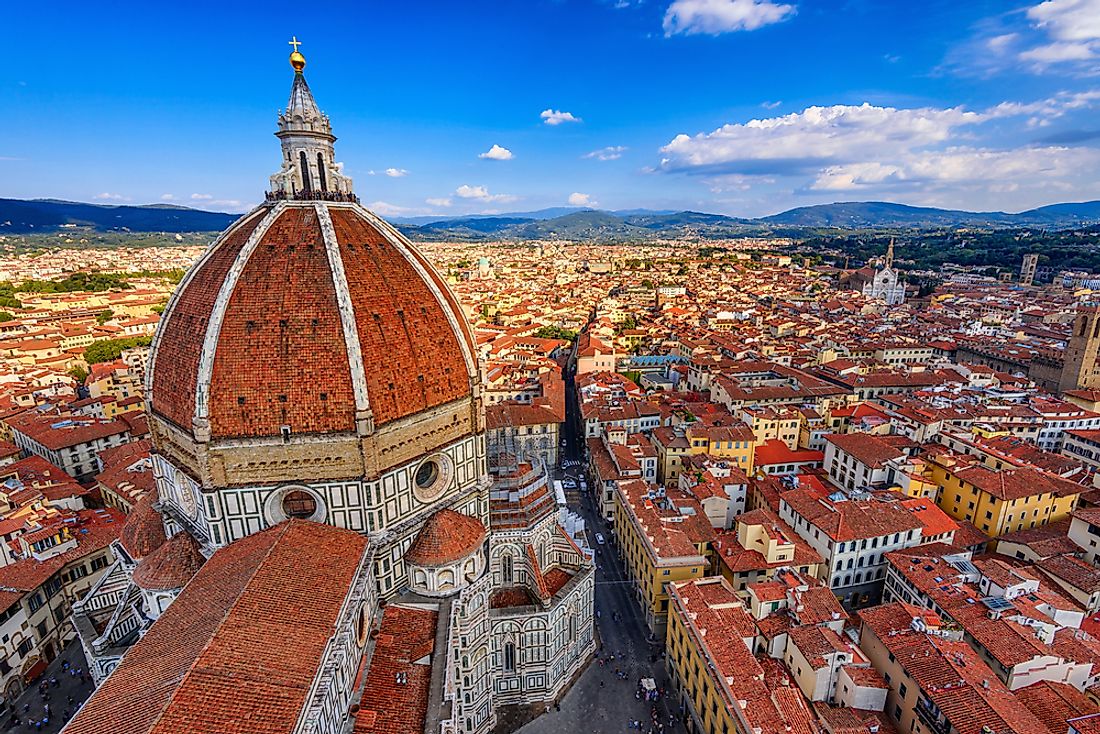Who Was Michelangelo?

Famous Artists: Michelangelo
Michelangelo di Lodovico Buonarroti Simoni, famously referred to as Michelangelo, is considered the best painter, architect, and sculptor of his time and among the best ever. His work depicts a blend of physical realism, psychological insight and art intensity that had never been exhibited by any other artist before him. He had an extraordinary talent which saw him earn commissions from the wealthy and powerful in the society including the Catholic Church. His art, particularly the sculptures of Pietà and David, and the ceiling paintings of Sistine Chapel are among his greatest work and have been preserved for the future generation.
Early Life and Training
Michelangelo was born in Caprese, Italy on March 6, 1475. His father had left the banking industry and was working as a magistrate for the Florentine government. Shortly after his birth, his family moved to Florence, Italy, a place Michelangelo considered his true home. Although he did well academically, Michelangelo was not interested in schooling. Instead, he spent his time at the local church looking at the paintings and recreating them. His father noticed his talent and enrolled him as an apprentice at the fashionable Florentine painter's workshop where he ended up learning the technique of fresco. It was during his apprenticeship that Lorenzo de’ Medici noticed him. Lorenzo was a wealthy man, and he offered him a place in his home where he could learn from philosophers, politicians, and other great artists. He was tutored by Bertoldo di Giovanni, a great sculptor.
The Pieta and David
While working in Rome in 1498, Michelangelo received an invitation from French Cardinal Jean Bilhères de Lagraulas who was part of the visiting envoy of King Charles VIII. The cardinal wanted a statue of Virgin Mary with her dead son in her arms to grace his future tomb. The statue was to be known as the Pieta, and 500 years after it was completed it still draws thousands of visitors. Michelangelo returned to Florence in 1501 and was contacted to create a statue of David for the cathedral of Santa Maria del Fiore. The 17ft long sculpture is considered among the most technically perfect sculptures in the world and it can found in Galleria dell' Accademia where it acts as the city’s landmark.
The Sistine Chapel Ceiling
Michelangelo was summoned to Rome In 1508 by Pope Julius II who asked him to paint the 12 disciples of Jesus on the ceiling of the Sistine Chapel; a place where popes were elected and inaugurated. Over the course of four years, he filled the center of the ceiling with scenes from Genesis while he painted the 12 apostles, seven prophets, and the five Sibyls at the extreme ends of the ceiling. In the painting, Michelangelo depicts prophet Ezekiel as determined but unsure, and strong but stressed, a scenario that illustrates the complexity of the human condition.
Death and Legacy
Michelangelo died on February 18, 1564 at the age of 88 following a brief illness. His body was transported to Florence where he was revered as the “father and master of all the arts," Before he died, he had chosen to be buried at the Basilica di Santa Croce. Michelangelo was wealthy and famous, and unlike many other artists during his time, he lived to see two of his biographies by Giorgio Vasari and Ascanio Condivi. His other works include the Madonna of the Steps, The Doni Tondo, and the Dying Slave among many others.











